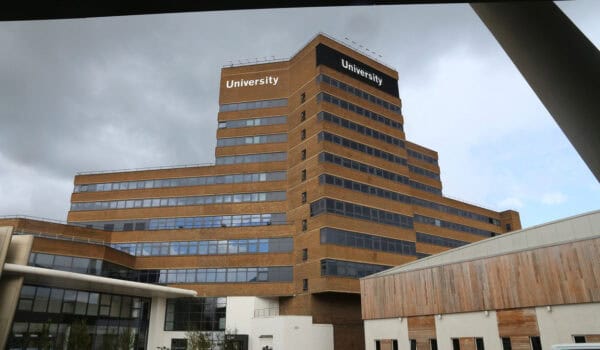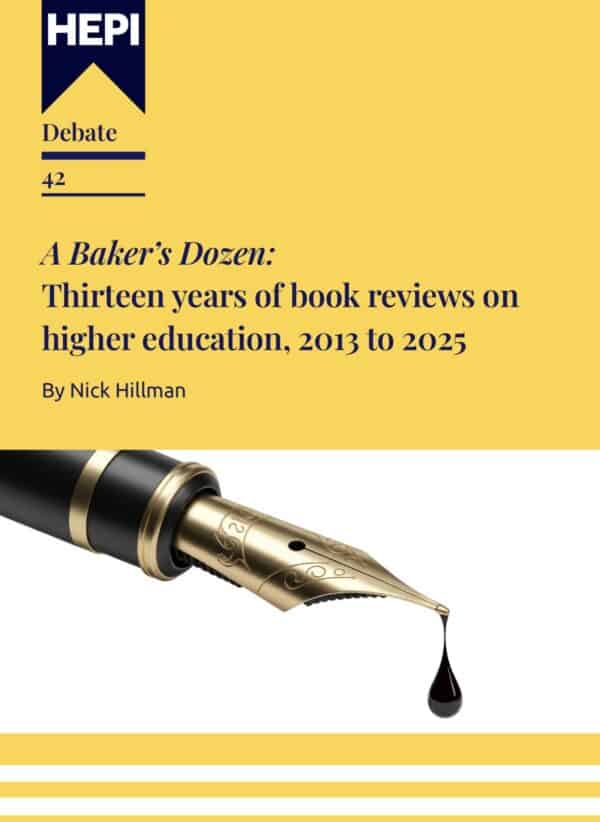Selecting and Supporting New Vice Chancellors: Reflections on Process & Practice – PART 1
- This HEPI blog was kindly authored by Dr Tom Kennie, Director of Ranmore.
- Over the weekend, HEPI director Nick Hillman blogged about the forthcoming party conferences and the start of the new academic year. Read more here.
Introduction
Over the last few months, a number of well-informed commentators have focused on understanding the past, present and to some extent, future context associated with the appointment of Vice Chancellors in the UK. See Tessa Harrison and Josh Freeman of Gatensby Sanderson Jamie Cumming-Wesley of WittKieffer and Paul Greatrix.
In this and a subsequent blog post, I want to complement these works with some practice-informed reflections from my work with many senior higher education leaders. I also aim to open a debate about optimising the selection and support for new Vice Chancellors by challenging some current practices.
Reflections to consider when recruiting Vice Chancellors
Adopt a different team-based approach
Clearly, all appointment processes are team-based – undertaken by a selection committee. For this type of appointment, however, we need a different approach which takes collective responsibility as a ‘Selection and Transition Team’. What’s the difference? In this second approach, the team take a wider remit with responsibility for the full life cycle of the process from search to selection to handover and transition into role. The team also oversee any interim arrangements if a gap in time exists between the existing leader leaving and the successor arriving. This is often overlooked.
The Six Keys to a Successful Presidential Transition is an interesting overview of this approach in Canada.
Pre-search diagnosis
Pre-search diagnosis (whether involving a search and selection firm or not) is often underestimated in its importance or is under-resourced. Before you start to search for a candidate to lead a university, you need to ensure those involved are all ‘on the same page’. Sometimes they are, but in other cases they fail to recognise that they are on the same, but wrong, page. Classically, this may be to find someone to lead the organisation of today, and a failure to consider the place they seek to be in 10 years. Before appointing a search firm, part of the solution is to ensure you have a shared understanding of the type of university you are seeking someone to lead.
- Role balance and capabilities
A further diagnostic issue, linked to the former point, is to be very clear about the balance of capabilities required in your selected candidate. One way of framing this is to assess the candidate balance across a number of dimensions, including:
- The Chief Academic Officer (CAO) capabilities; more operational and internally focussed.
- The Chief Executive Officer (CEO) capabilities; more strategic and initially internally focussed.
- The Chief Civic Officer (CCO) capabilities: more strategic and externally focussed; and
- The Chief Stakeholder Relationship Officer (CSRO): more operational and externally focussed.
All four matter. One astute Vice Chancellor suggested to me a fifth; Chief Storytelling Officer (CSO).
Search firm or not?
The decision as to whether to use a search firm is rarely considered today – it is assumed you will use one. It is, however, worth pausing to reflect on this issue, if only to be very clear about what you are seeking from a search firm. What criteria should you use to select one? Are you going with one who you already use, or have used, or are you open to new players (both to you and to the higher education market)? The latter might be relevant if you are seeking to extend your search to candidates who have a career trajectory beyond higher education.
‘Listing’ – how and by whom?
Searching should lead to many potential candidates Selecting who to consider is typically undertaken through a long-listing process and from this a short-list is created. Make sure you understand how this will be undertaken and who will be doing it. When was the last time you asked to review the larger list from which the long list was taken?
Psychometrics – why, which and how?
A related matter involves the use of any psychometric instruments proposed to form part of the selection process. They are often included –yet the rationale for this is often unclear. As is the question of how the data will be used. Equally importantly, if the judgment is that it should be included, who should undertake the process? Whichever route you take, you would be wise to read Andrew Munro’s recent book on the topic, Personality Testing In Employee Selection: Challenges, Controversies and Future Directions
Balance questions with scenarios and dilemmas
Given the complexity of the role of the Vice Chancellor, it is clearly important to assess candidates across a wide range of criteria. Whilst a question-and-answer process can elicit some evidence, we should all be aware of the limitations of such a process. Complementing the former with a well-considered scenario-based processes involving a series of dilemmas, which candidates are invited to consider, is less common than it should be.
Rehearse final decision scenarios
If you are fortunate as a selection panel, after having considered many different sources of evidence, you will reach a collective, unanimous decision about the candidate you wish to offer the position. Job almost done. More likely, however, you will have more than one preferred candidate – each providing evidence to be appointable albeit with evidence of gaps in some areas. Occasionally, you may also have reached an impasse where strong cases are made to appoint two equally appointable candidates. Preparing for these situations by considering them in advance. In some cases, the first time such situations are considered are during the final stage of the selection exercise.
In part 2 I’ll focus more on support and how to ensure the leadership transition is given as much attention as candidate selection.







Comments
albert wright says:
Very interesting.
In commercial organisations in the private sector and in political organisations there has been a growing trend , particularly with appointing the most senior leader, to expect the new leader will quickly bring with them, other senior people they have worked with.
Should the HE sector be aware of this and transparently acknowledge this is likely to happen
Reply
Add comment